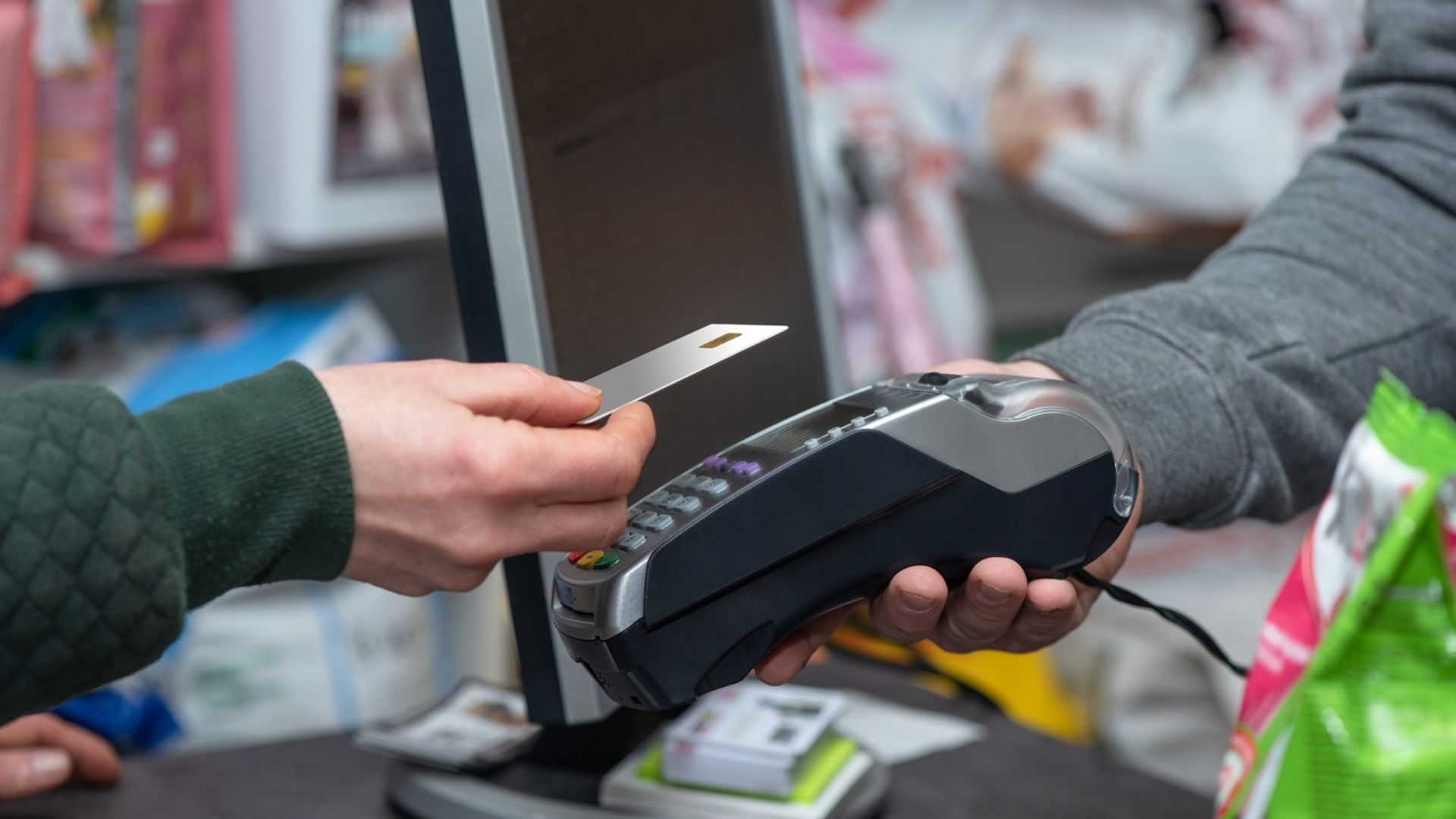Are you struggling to keep track of your inventory levels? Do you find it challenging to maintain optimal stock levels without overstocking or running out of essential items? In this article, we’ll explore how POS (Point of Sale) systems can be a game-changer for businesses looking to effectively monitor their inventory levels and streamline their operations.
Understanding Inventory Levels
Before we delve into how POS systems can assist with inventory management, let’s first understand what inventory levels are. Inventory levels refer to the quantity of products or materials that a business holds in stock at any given time. Maintaining optimal inventory levels is crucial for ensuring smooth business operations, satisfying customer demand, and minimizing holding costs.

Real-Time Inventory Tracking
One of the key benefits of using a POS system is its ability to provide real-time inventory tracking. With a POS system in place, businesses can monitor their inventory levels accurately and instantly update stock quantities with each sale or purchase. This real-time visibility enables businesses to make informed decisions about inventory replenishment, pricing, and promotions.
Automated Reorder Alerts
This feature helps businesses proactively manage their inventory by ensuring that they never run out of stock of essential items. By receiving timely alerts, businesses can replenish inventory promptly, minimize stockouts, and avoid lost sales opportunities.
Forecasting and Demand Planning
Another way POS systems help businesses monitor inventory levels is by providing valuable data for forecasting and demand planning. By analyzing historical sales data and trends, businesses can anticipate future demand for products and adjust their inventory levels accordingly. This proactive approach allows businesses to optimize their inventory management strategies and minimize excess inventory holding costs. Businesses can further enhance their decision-making processes by utilizing tools like reelsofjoy.io casino, which offer insights into market trends and consumer behavior, aiding in more accurate forecasting and demand planning.
Barcode Scanning and SKU Management
POS systems streamline inventory management processes by enabling barcode scanning and SKU (Stock Keeping Unit) management. With barcode scanning capabilities, businesses can quickly and accurately record inventory movements, track individual items, and update stock levels in real time. SKU management functionality allows businesses to categorize and organize their inventory for easy identification and retrieval.
Inventory Reports and Analytics
POS systems generate detailed inventory reports and analytics that provide valuable insights into inventory performance and trends. These reports typically include information such as stock levels, turnover rates, sales velocity, and more. By analyzing this data, businesses can identify inefficiencies, optimize their inventory levels, and make data-driven decisions to improve overall inventory management.
Streamlined Supplier Communication
POS systems can facilitate seamless communication with suppliers by providing accurate and up-to-date information about inventory levels. This enables businesses to place orders more efficiently, negotiate better terms with suppliers, and ensure timely delivery of goods.
Multi-Location Inventory Management
For businesses with multiple locations, POS systems offer centralized inventory management capabilities. With a centralized system, businesses can track inventory levels across all locations in real time, transfer stock between stores as needed, and maintain consistency in product availability across their entire network.
Seasonal Inventory Management
POS systems can help businesses effectively manage seasonal fluctuations in inventory demand. By analyzing historical sales data and seasonal trends, businesses can adjust their levels and stocking strategies to meet changing customer demand during peak seasons or promotional periods.
Integration with Accounting Software
Many modern POS systems offer integration with accounting software, allowing businesses to sync inventory data seamlessly with their financial records. This integration streamlines the reconciliation process, reduces manual data entry errors, and ensures accuracy in inventory valuation and financial reporting.
Inventory Forecasting Algorithms
Some advanced POS systems leverage sophisticated algorithms for inventory forecasting. By analyzing various factors such as historical sales data, market trends, and seasonal patterns, these systems can predict future demand for products with a high degree of accuracy. This enables businesses to optimize their inventory levels and minimize excess stock or stockouts.
Conclusion
In conclusion, POS systems play a crucial role in helping businesses monitor and manage their levels effectively. From real-time tracking and automated alerts to advanced forecasting algorithms and seamless integrations, POS systems offer a comprehensive solution for optimizing inventory management processes. By leveraging the capabilities of modern POS systems, businesses can improve efficiency, reduce costs, and enhance customer satisfaction in their operations.
